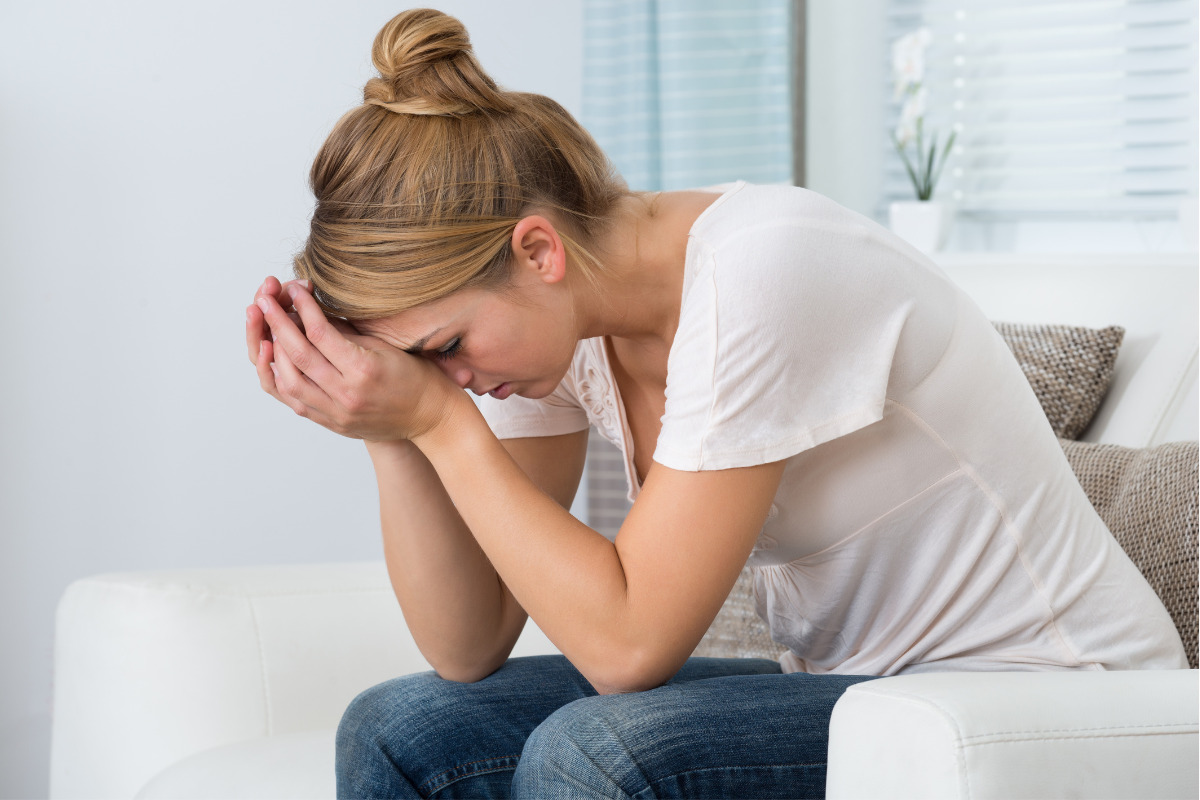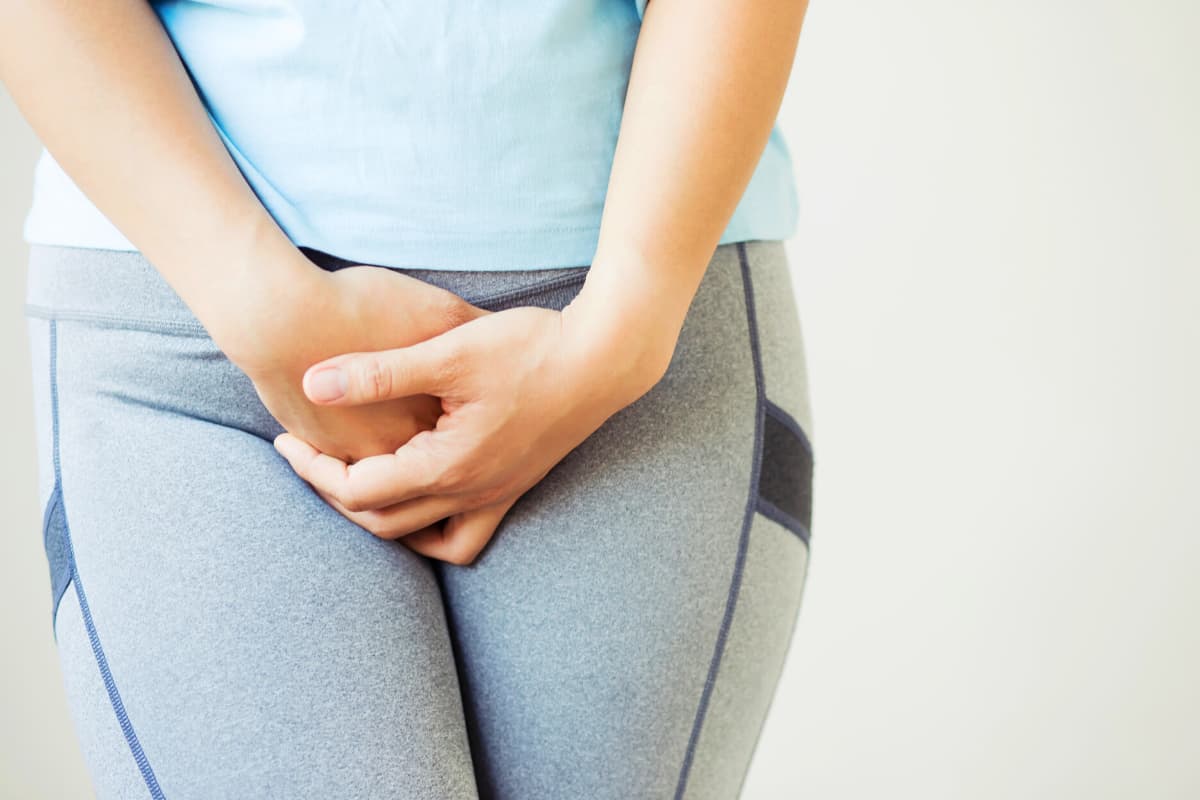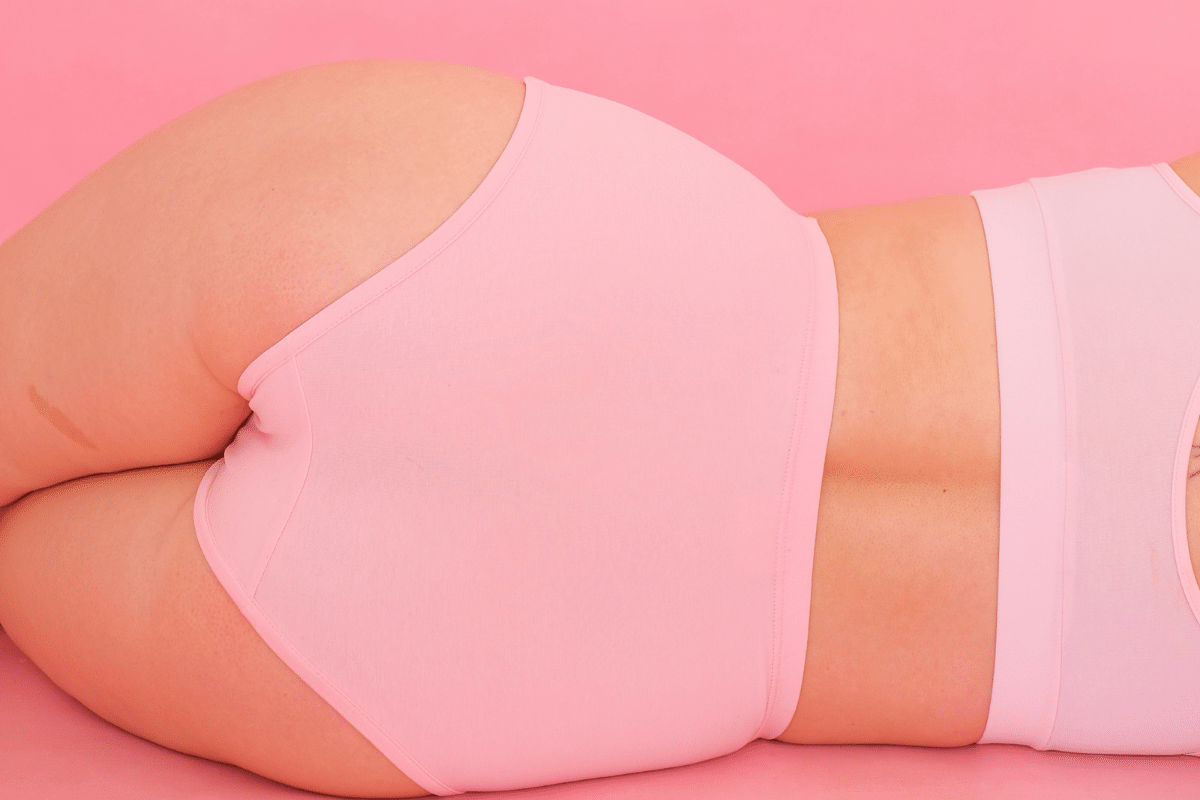How to Treat Yeast Infections in Menopause

Your changing hormones around menopause can upend many aspects of your health, including that of your vagina. Yeast infections, a common frustration for women throughout their lives, actually tend to be less common after menopause as a result of these changes. However, they can certainly still occur, and be an uncomfortable addition to menopause-related changes in the vaginal area.
Causes of Menopausal Yeast Infections
Yeast infections, also known as vaginal candidiasis, occur when there is an overgrowth of the Candida fungus in the vaginal area. Yeast infections typically cause itching, burning, redness, and copious white vaginal discharge.
Understanding the symptoms and triggers of menopause yeast infections is crucial in effectively treating and preventing their recurrence.
Several factors contribute to the development of yeast infections during menopause. These include:
Hormonal Changes & Hormonal Treatments
Your body’s decreasing estrogen levels during menopause cause a shift in the vagina’s microbiome—an ecosystem of healthy bacteria and yeast. It’s there to keep you healthy, but issues can arise if the balance of yeast or bacteria changes.
The main effect of declining estrogen in the vagina is genitourinary syndrome of menopause (GSM), which causes symptoms like vaginal itching, dryness, pain, and increases your risk of some types of vaginal infections
Lower estrogen changes the chemical environment of your vagina to be less hospitable to yeast, which increases your risk of bacterial infections but decreases your risk of yeast infections. While the gold standard treatment for treating GSM is local estrogen therapy, supplementing estrogen through topical medications or oral hormone therapy increases your risk of yeast infections again as your vaginal environment shifts back closer to what it was pre-menopause.
Weakened Immune System
Your immune system tends to weaken with age, which makes it harder for the body to control the growth of yeast. When your vaginal microbiome gets slightly out of balance, your body may be less able to restore it.
Antibiotic Use
Taking antibiotics kills both “good” and “bad” bacteria throughout the body, including in the vagina. Bacteria and yeast balance each other in the vaginal microbiome, so killing bacteria often creates an environment for yeast to overgrow. If you’ve taken significant amounts of antibiotics in the past, this may affect your microbiome well beyond the time you stop using them.
Diabetes
Uncontrolled diabetes leads to elevated blood sugar levels, providing an ideal environment for yeast to thrive.
Lifestyle Changes to Prevent Yeast Infections
Lifestyle changes like these can reduce your risk of yeast infections.
Maintain Good Hygiene
Keep your vaginal area clean and dry. However, remember that the vagina is a “self-cleaning oven” that does best when left alone. Do not use any soaps, douches or scented products around the vagina, as they can further disrupt the skin and natural microbiome. All you need to do is separate your labia in the shower or bath and allow water to cleanse the area.
Wear Breathable Underwear
Opt for cotton underwear and avoid tight-fitting clothing, as they can trap moisture and create an ideal environment for yeast overgrowth.
Manage Blood Sugar Levels
If you have diabetes, work closely with your healthcare provider to keep your blood sugar levels under control. Those with type 2 diabetes can maximize their blood sugar management with regular strength training and cardiovascular exercise. Even people without diabetes often find that reducing added sugar in their diet (including from alcohol) makes a major difference in their yeast infections.
Medications to Treat Menopausal Yeast Infections
Several medications can effectively treat menopause yeast infections. Discuss these options with your healthcare provider to determine the appropriate treatment for you.
Vaginal Estrogen & DHEA
Estrogen applied locally to the vagina (through creams, suppositories or rings) can improve the health of vaginal tissues after menopause and reduce the risk of yeast overgrowth. DHEA, a non-estrogen compound, is another option with similar effects.
Local estrogen and DHEA are also effective treatments for most menopause-related changes in the vagina, including dryness and painful sex.
Antifungal Creams or Suppositories
Over-the-counter antifungal treatments are the first-line recommendation for treating yeast infections. They are available as creams, ointments, or suppositories containing active ingredients like clotrimazole, miconazole, or tioconazole.
Prescription Medications
In cases of recurrent or severe yeast infections, your healthcare provider may prescribe stronger antifungal medications in the form of creams, tablets, or suppositories.
Alternative Therapies for Menopausal Yeast Infection
As you’re looking for alternative treatments for yeast infections, you may see these options for sale. Be an informed consumer with the following information:
Boric Acid
Suppositories containing boric acid suppositories are an increasingly popular remedy sold as a safe way to “rebalance” the vaginal microbiome. Boric acid actually kills both bacteria and yeast and dries the vaginal environment. This can injure vaginal tissues in someone who is peri- or post-menopausal, due to pre-existing vaginal dryness. For these reasons, boric acid is generally only recommended as a treatment for uncommon yeast infections that are resistant to antifungal medications.
Tea Tree Oil
While some people tout tea tree oil as an antifungal treatment for the vagina, there is no clear evidence that it works for this purpose. It is also a drying agent, which is particularly a poor choice for your vagina around menopause.
Probiotics
In theory, probiotics taken orally could support a healthy microbiome in the vagina as they do in the gut. However, there is not yet high-quality evidence to say that probiotics are effective at treating or preventing yeast infections. If you are interested in trying this approach, start by incorporating probiotic-rich foods like sauerkraut and plain yogurt. If you choose to try oral probiotics, look for lactobacillus in high-quality and third-party-tested formulations specifically made for vaginal health.
Menopause yeast infections can be uncomfortable, but with the right understanding and treatment approach, they can be effectively managed and prevented. By implementing lifestyle changes, practicing good hygiene, and using medications as needed, you can alleviate symptoms and maintain vaginal health during menopause. Remember to consult with your healthcare provider for personalized guidance and treatment options.
Whether you’re just starting to dip your toes into perimenopause, continuing to experience postmenopause symptoms, or simply looking for guidance on what to expect in the coming years of life, we’re here for you! For more information and support around your menopause journey, as well as ideas for symptom relief, download Midday from the App Store or visit us at Midday.Health.
Sign up for more unique women’s health content
By submitting this form, you agree to the Lisa Health Privacy Policy and Terms of Use

